Fewer cows, or more sustainable cows?
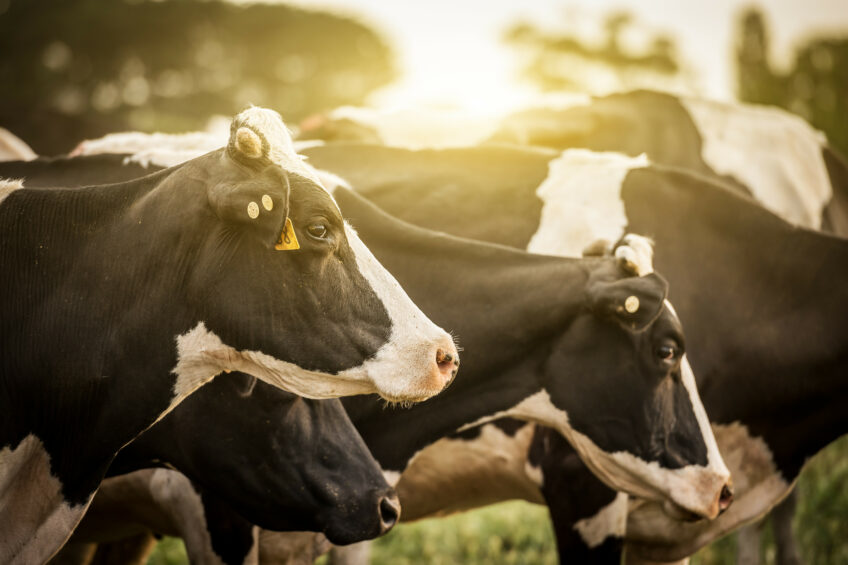
How do we fit more cows on planet earth and at the same time comply with climate agreements and other sustainability goals?
It is a global topic, but countries with limited amount of land and a big farming sector seem to be pressured even more to act. Take the Netherlands for example. According to existing climate agreements, the Netherlands must achieve a carbon dioxide (CO2) reduction by 95% by 2050, compared to the level of CO2 released in 1990. This means that this little country can emit a maximum of around 10 megatonnes of CO2 in 32 years from now. Considering that the Dutch livestock sector is currently responsible to a whopping 18 megatons of CO2 per year, it is not difficult to conclude that something must be done. This is why the Dutch Council for the Environment and Infrastructure advised the Dutch minister for Agriculture to consider a further reduction of the Dutch dairy herd. In practice, this is already happening, fuelled by the tightened phosphate rules. The data from the Dutch RVO and reported by Boerderij.nl show a sharp reduction since 2016. See graph below.
But we need growth, right?
Often, reduction is put forward as the sole solution to become more sustainable, and in this particular Dutch case, to meet the climate agreements made in Paris. But can’t we be sustainable in a different way? We are world champions in making livestock production more efficient each year, supported by breeding, improved nutrition and technological innovations amongst other things. In the Netherlands, the CO2 output per kg of milk was 1.24 kilos in 2008 and has been reduced to 1.15kg today. But it has to further decline to 0.98 kilos, according to the Paris agreements. But reduction of the number of cows to achieve this seems contrary to what agri-entrepreneurs want: growth!
And above all, growth is needed because the world demands more dairy products. So we could say: We need growth, and we simply need more cows, but we only need to manage it better. In simple terms, sustainable agriculture is the production of food using techniques that protect the environment, public health, human communities, and animal welfare. Definitions might differ, depending on the interest I guess. The same goes for the solutions. The pragmatic approach seems to be (indeed) to just reduce the global herd size of dairy cows. But I am not sure that this is the silver bullet. Nutritional mitigations strategies have been researched extensively over the years. Think of the addition of feed additives, ionophores, fats, the use of high quality forages, and the increased use of grains. And also simply increase the milk yield per cow (and hence the need for less cows) reduces the output of CO2.

Make money from sustainable milk
In the light of making dairy farming more sustainable, the recent announcement from Dutch dairy processor FrieslandCampina is very interesting. This week, they said that they are going full speed ahead towards sustainable milk. The dairy processor proposes to its members the introduction of a certified Top Dairy line with extra focus on animals, nature, and climate: dairy with a lower CO2 equivalent, with a high score on animal welfare and on biodiversity. According to the company, this Top Dairy line is aligned to their meadow grazing standard and the new standard for the intrinsic link between farmers and the available land for their operations. Meadow grazing is important for FrieslandCampina and the percentage of cows grazing outdoors has been increased in 2017, as shown in the graph below. At the same time, FrieslandCampina is discouraging Dutch farmers from producing more ‘conventional’ milk and announced a cut of € 0.10 per kg that is produced more than agreed. This will be done as of 2019.
In general, member dairy farmers will still have room to grow their milk supply. However, this increase is only possible within the boundaries of a growth arrangement, based on expected market demand, FrieslandCampina addresses. Dairy farmers who will commit themselves to sustainable and special milk supply will receive higher payments in line with market value creation for such milk. It is stated that the first dairy products of the top line are expected to be on supermarket shelves early 2019. Of course, this is a great initiative, although the exact criteria for producing this ‘sustainable’ milk are not fully clear to me. Does a high score on animal welfare and let the animals graze outside mean that CO2 is reduced and the milk is more sustainable? An interesting PhD has been recently completed to find the answers to this. The study, done in South Africa, examined whether it was possible to achieve economic sustainability in conjunction with environmental sustainability. My fellow journalists in South Africa have reported on this this week.
Respond to the challenge
All in all, I can conclude that producing animal protein on a global scale and at the same time complying with the climate agreements and also making sure the goals are met seems contradictory and very difficult. But I think it can be done and conflicting interest could go hand in hand. It is a tough challenge but the dairy sector needs to respond to this challenge, one way or the other. one thing is clear, reducing cows and hence milk supply might lead to better farmgate prices for the dairy farmers. Less milk means higher prices. But also other types of milk, like the sustainable milk from FrieslandCampina, offer a better price for the farmer. So, do we need to produce less milk, or different milk?
Join 13,000+ subscribers
Subscribe to our newsletter to stay updated about all the need-to-know content in the dairy sector, two times a week.
 Beheer
Beheer

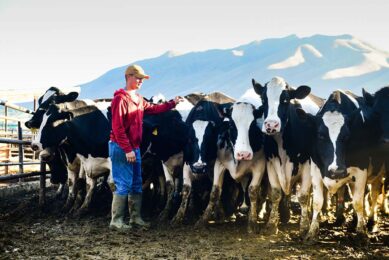
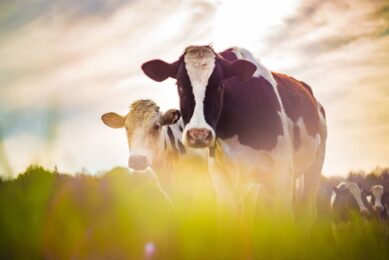
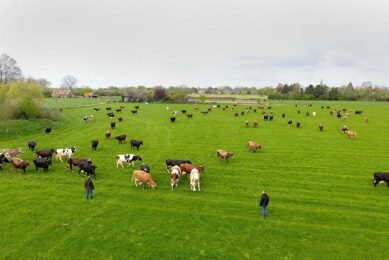
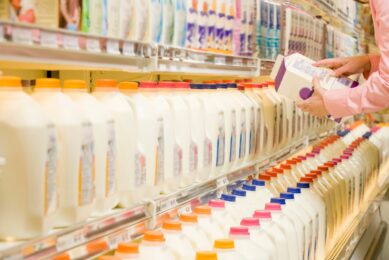
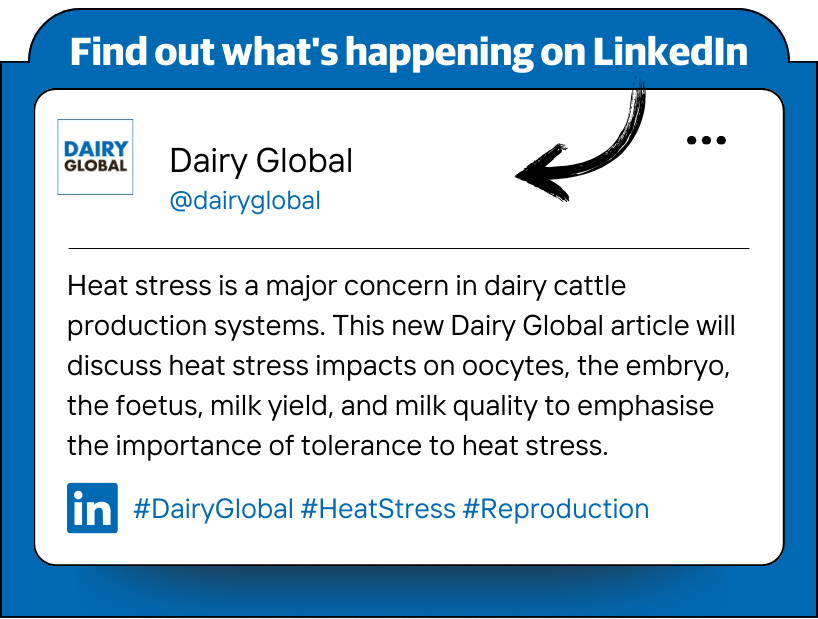



 WP Admin
WP Admin  Bewerk bericht
Bewerk bericht